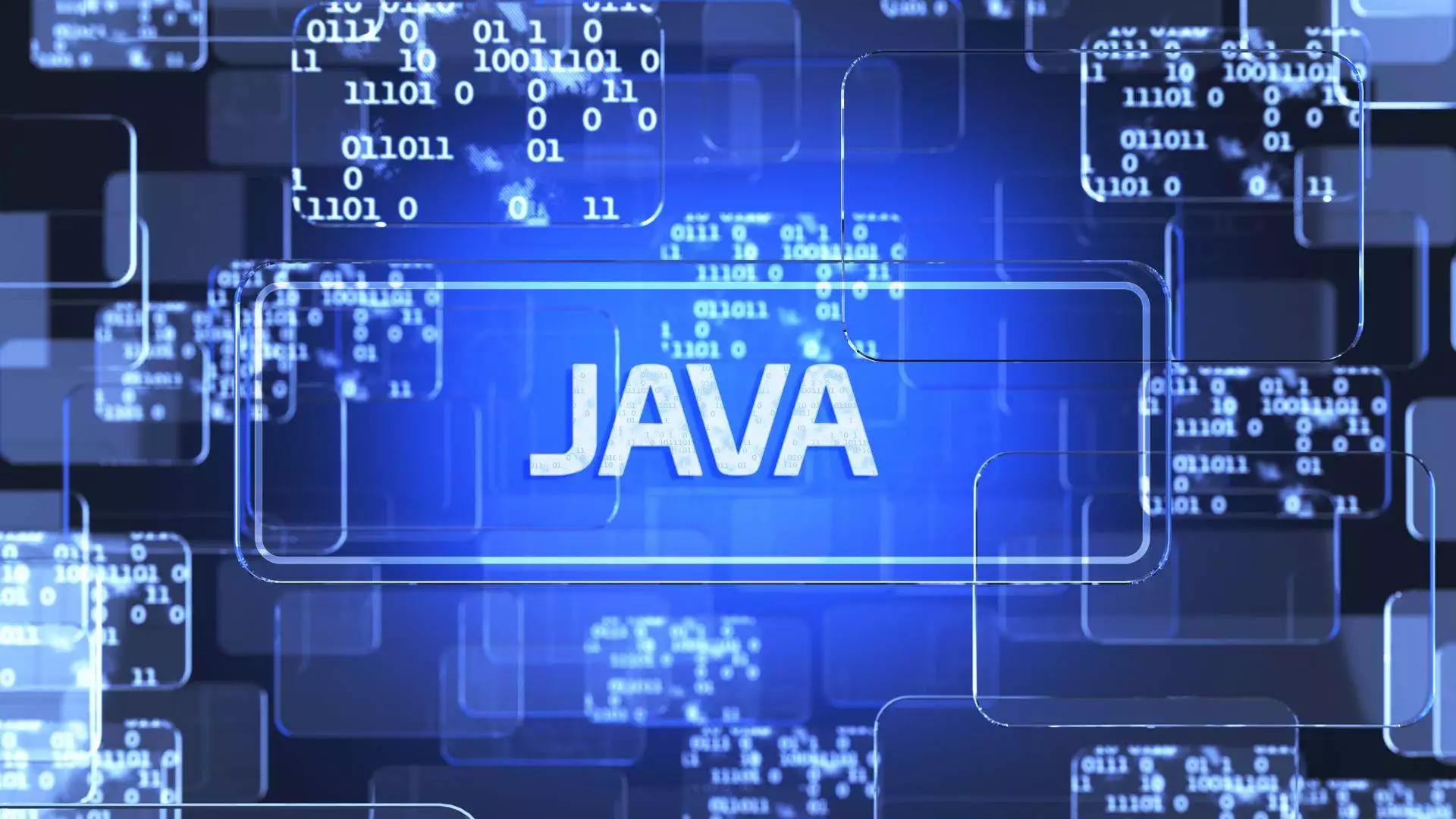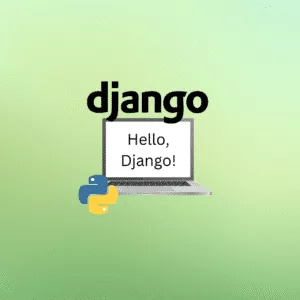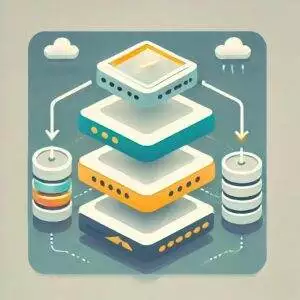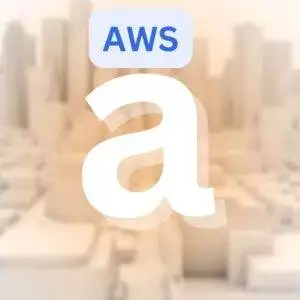Java Full Stack Pro: Mastering Frontend and Backend Development with Java!
₹10,990.00
Suitable candidates for Java Full Stack Training include:
- Fresh Graduates: Recent graduates with a degree in computer science, information technology, or a related field can benefit greatly from Java Full Stack Training. It provides a solid foundation in web development and equips them with the skills needed to enter the industry as full stack developers.
- IT Professionals Transitioning to Web Development: Professionals working in other areas of IT, such as software development, systems administration, or database management, who want to expand their skill set and transition into web development can find value in Java Full Stack Training. They can leverage their existing knowledge while acquiring new skills specific to web development.
- Frontend Developers: Frontend developers who want to enhance their skill set and gain a comprehensive understanding of the entire web development stack can benefit from Java Full Stack Training. It allows them to bridge the gap between frontend and backend development, making them versatile and in-demand professionals.
- Career Switchers: Professionals from non-technical backgrounds who aspire to switch careers and enter the IT industry as web developers can consider Java Full Stack Training. It provides them with a comprehensive understanding of web development technologies, allowing them to make a successful transition.
- Self-taught Developers: Individuals who have taught themselves web development but want to formalize their knowledge, fill in any gaps, and gain industry-recognized credentials can find value in Java Full Stack Training. It offers a structured learning path and covers a wide range of relevant technologies.
The total estimated duration to cover java full stack training program including theory and hands-on projects would be approximately 10 weeks(2.5 months). This is considering daily 2 hours commitment and assuming 5 days training week :-
Theory and Conceptual Learning:
- HTML, CSS, and JavaScript: 4 hours
- Java Programming: 8 hours
- Java Frameworks (Spring Boot or JavaServer Faces): 8 hours
- Relational Databases (SQL, Database Design, and Querying): 6 hours
- Hibernate (Object-Relational Mapping): 2 hours
- Front-End Frameworks (React.js or Angular): 8 hours
- RESTful API Development: 6 hours
- Server-Side Technologies (Java Servlets and JSP): 8 hours
- Spring Framework: 8 hours
- Testing and Quality Assurance: 2 hours
- DevOps and Deployment: 2 hours
- Security Best Practices: 1 hour
Hands-on Projects:
- Project 1: 7 hours
- Project 2: 7 hours
- Project 3: 7 hours
Please note this estimation can vary a little bit as per the pace of the batch, additional inclusion of hands-on sessions on the fly . Its also important to allocate ample time to enhance engagement during the session , project implementation by students , revising of concepts and technologies time to time to reinforce understanding. We don’t compromise in learning quality. Hence it may extend the class duration a bit.
With our comprehensive Java Full Stack training and hands-on project experience, you’ll be well-equipped to tackle real-world challenges, contribute to innovative projects, and secure lucrative positions in the thriving IT industry. Your expertise in both frontend and backend development, coupled with the Java technology stack, will position you as a valuable asset to companies seeking versatile and skilled professionals.
Take the leap into the world of Java Full Stack development and unlock a future filled with exciting career prospects and competitive salaries!
Here are some potential job roles with estimated salary ranges you can aim for :-
- Full Stack Developer:
- Responsibilities: Developing and maintaining both frontend and backend components of web applications, collaborating with cross-functional teams, implementing features and enhancements, ensuring seamless user experiences.
- Salary Range: INR 6,00,000 to 15,00,000 per annum
- Frontend Developer:
- Responsibilities: Designing and implementing captivating user interfaces, developing responsive web pages, optimizing performance and user experience, collaborating with designers and backend developers.
- Salary Range: INR 4,50,000 to 12,00,000 per annum
- Backend Developer:
- Responsibilities: Building and maintaining robust server-side applications, implementing RESTful APIs, handling business logic and data manipulation, optimizing performance and scalability.
- Salary Range: INR 5,00,000 to 14,00,000 per annum
- Java Developer:
- Responsibilities: Developing and maintaining Java-based applications, writing efficient and reliable code, integrating with external systems and APIs, troubleshooting and debugging, ensuring code quality and scalability.
- Salary Range: INR 4,00,000 to 12,00,000 per annum
- Software Engineer:
- Responsibilities: Participating in the full software development lifecycle, collaborating with cross-functional teams, designing and implementing software solutions, writing clean and efficient code, performing testing and debugging.
- Salary Range: INR 4,50,000 to 13,00,000 per annum















Reviews
There are no reviews yet.